“I was born with the ability and the demon to write. I have been punished for it constantly.” Written and directed by Sinéad O’Shea, this fascinating documentary is a testimony to Edna O’Brien’s rebellious talent, her prolific output – a novel a year for a while – and her star-studded socialising. It includes archival footage, some of it against the backdrop of Irish politics, as well as final interviews in which she looks frail but still glamorous in a sequined indigo cardigan, recorded by O'Shea not long before O'Brien died last year, aged 93.
The names of people she had affairs with, or near misses, spill out: Robert Mitchum, Richard Burton, Marlon Brando (“a chaste night”). Sean Connery dropped in to see if she was doing OK after an acid trip with RD Laing. The parties in her Carlyle Square house were legendary.
Anyone who was anyone was there, says Gabriel Byrne: Princess Margaret, Judy Garland, Harold Pinter. Shirley MacLaine read her palm. Roger Vadim and Jane Fonda came to stay. And her sons, Carlo and Sasha Gébler, woke up one night to find Paul McCartney sitting at the end of the bed. “He’d come to sing us a song.”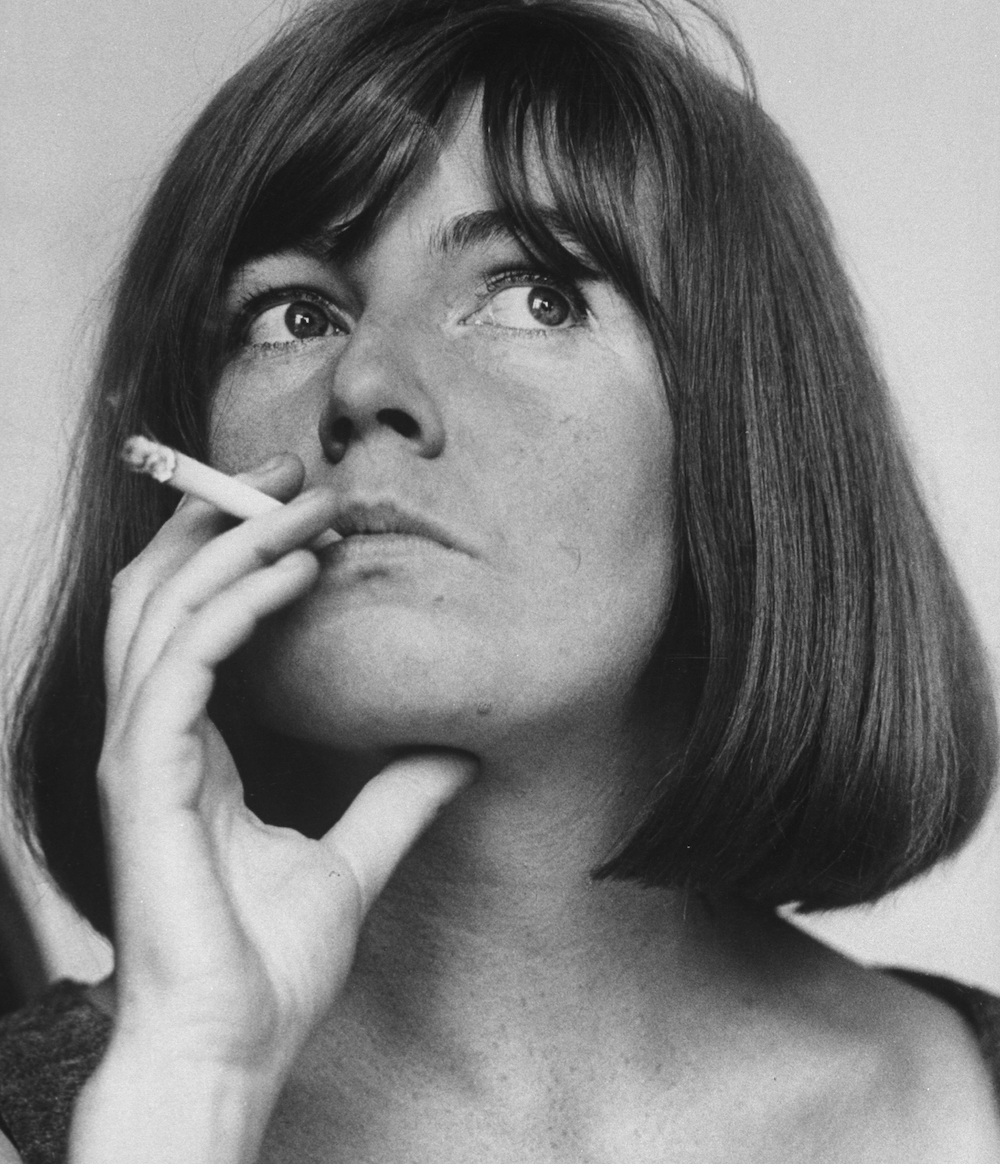 But this was all transitory. “People think I’m a flibbertigibbet. But that’s not really what I am.” What mattered was the work, starting with the autobiographical The Country Girls (1960), the first of a trilogy, outspoken about women and sex and toxic family life, banned and denounced in Ireland by both church and state. Archbiship McQuaid and Charlie Haughey called it fiflth and said it should not be allowed in any decent home. Kingsley Amis said it deserved his personal first-novel prize of the year. Her parents, who lived in a small village in County Clare, were horrified and ashamed.
But this was all transitory. “People think I’m a flibbertigibbet. But that’s not really what I am.” What mattered was the work, starting with the autobiographical The Country Girls (1960), the first of a trilogy, outspoken about women and sex and toxic family life, banned and denounced in Ireland by both church and state. Archbiship McQuaid and Charlie Haughey called it fiflth and said it should not be allowed in any decent home. Kingsley Amis said it deserved his personal first-novel prize of the year. Her parents, who lived in a small village in County Clare, were horrified and ashamed.
Her father was a violent drinker, often “on the batter”. It was a staunchly Catholic household – as a child, Edna saw Our Lady stepping out of a picture on the bedroom wall and telling her to “keep good”. She escaped terrible family arguments by looking at the underside of leaves and talking to trees and stones.
O’Shea’s use of O’Brien’s journals, read by Jessie Buckley, is especially effective. In Dublin, where, in an unlikely career move, she’d trained to be a pharmacist, she met the writer Ernest Gébler. He was much older, very handsome and sophisticated. Like her, he loved James Joyce. Her parents disapproved violently of their immoral liaison and she and Gébler hoped to leave the fracas behind by going to stay with JP Donleavy in the Isle of Man.
No one could find them there, they believed. They were wrong. Her father, brother, an abbot and a neighbour hired a private plane and appeared at the door – she uses the surreal scene in The Girl with the Green Eyes - intending to remove her, but JP Donleavy, who was a trained boxer, overpowered them and they left. “I had burned my boats."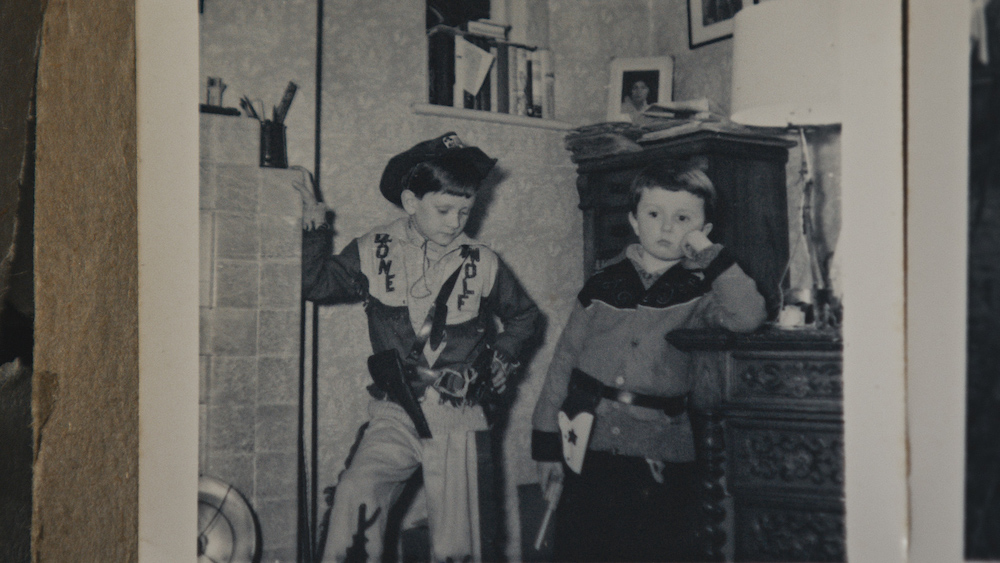 They moved to London in 1958, where their marriage turned into a disaster. He was puritanical and unbending, she was fun-loving. “They were chemically very unsuited,” says Sasha Gébler. “The nature of their enmeshment was highly complex,” says Carlo (pictured above with Sasha). Her growing success as a writer was unbearable to him, as he was supposed to be the famous one. He made her endorse her cheques and hand them over to him, and gave her a small house-keeping allowance. He found her diaries and annotated them in red pen, calling her aunties “six-toed trolls” and her mother a “suspicious slit-eyed peasant” as well as taking credit for writing her novels.
They moved to London in 1958, where their marriage turned into a disaster. He was puritanical and unbending, she was fun-loving. “They were chemically very unsuited,” says Sasha Gébler. “The nature of their enmeshment was highly complex,” says Carlo (pictured above with Sasha). Her growing success as a writer was unbearable to him, as he was supposed to be the famous one. He made her endorse her cheques and hand them over to him, and gave her a small house-keeping allowance. He found her diaries and annotated them in red pen, calling her aunties “six-toed trolls” and her mother a “suspicious slit-eyed peasant” as well as taking credit for writing her novels.
But when she sells Zee and Co to Hollywood for £39,000 in 1975 – it was made into a film starring Elizabeth Taylor, Michael Caine and Susannah York – she finds the courage to leave him. Later, after three unhappy years of sharing custody, the children opt to stay with her. Furious, Ernest signs a letter to them as “your ex-father”.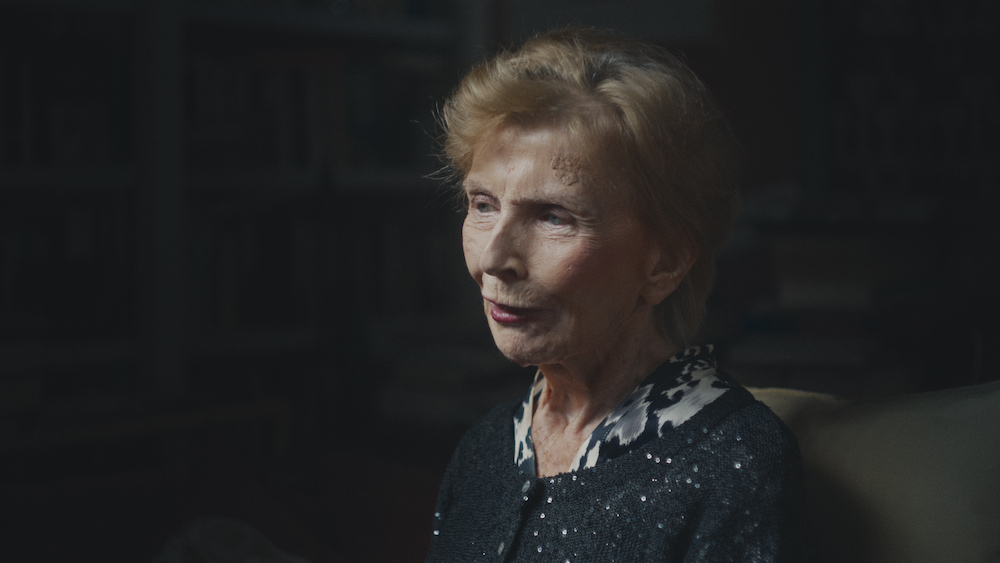 She’s prone to falling in love with the wrong man. Kinder, gentler men may have been available, but were not appealing enough. Melvyn Bragg comments on her depressing vision of men. They expect you to be a whore, goddess, mother and breadwinner, she replies. “They’re only useful for the occasional sexual pleasure.”
She’s prone to falling in love with the wrong man. Kinder, gentler men may have been available, but were not appealing enough. Melvyn Bragg comments on her depressing vision of men. They expect you to be a whore, goddess, mother and breadwinner, she replies. “They’re only useful for the occasional sexual pleasure.”
There’s a long affair with a married politician, not named, who she calls Lochinvar. Weeks go by when he doesn’t call and she’s unable to do anything but long for him. Money problems set in, not helped by her lavish lifestyle. “She is an anti-money organism,” says Carlo Gebler. “It flies out of her grasp.”
She woke up to find she was broke. The Carlyle Square house had to be sold quickly for a song; in a few years time it was worth £5 million. At one point, in a hotel in Singapore, she plans suicide, but a letter from Sasha jolts her out of it, and the books continue to pour forth, not all well received, some more experimental – Girl, published in 2019, is about Nigerian girls terrorised by Boko Haram. She taught creative writing at City College in New York in the late 1980s (she was always championed by American writers such as Updike, Roth and JD Salinger) and changed the life of student Walter Mosley, now a crime writer. Her encouragement – “Write a novel, Walter” - was so important to him that he has trouble expressing the depths of his gratitude. She lists the things in life that she loved: a drink, the taste of trifle, and the tenderness that is possible between a mother and child. “I don’t own a house, I don’t own a motor car, I don’t own a bicycle but I do own a beautiful grave, which is a piece of good news.” O’Brien was buried in August 2024 on Holy Island on Lough Derg (above), where her mother and grandparents are also interred.
She lists the things in life that she loved: a drink, the taste of trifle, and the tenderness that is possible between a mother and child. “I don’t own a house, I don’t own a motor car, I don’t own a bicycle but I do own a beautiful grave, which is a piece of good news.” O’Brien was buried in August 2024 on Holy Island on Lough Derg (above), where her mother and grandparents are also interred.

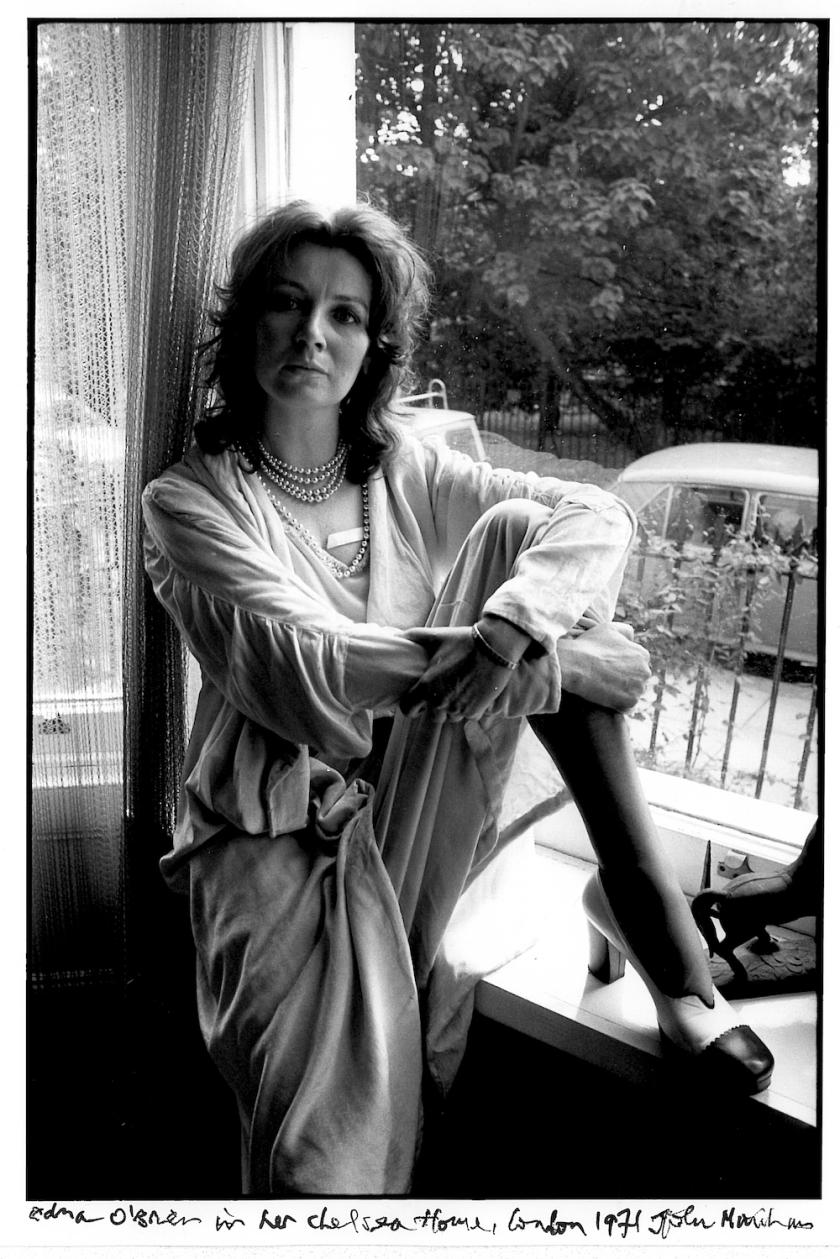








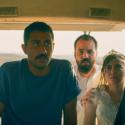
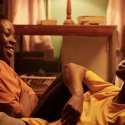
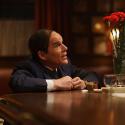

Add comment